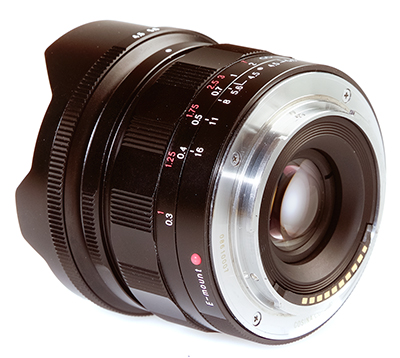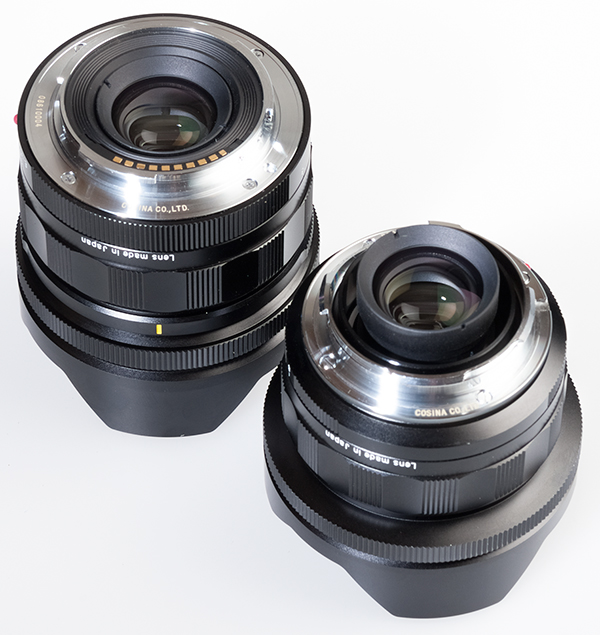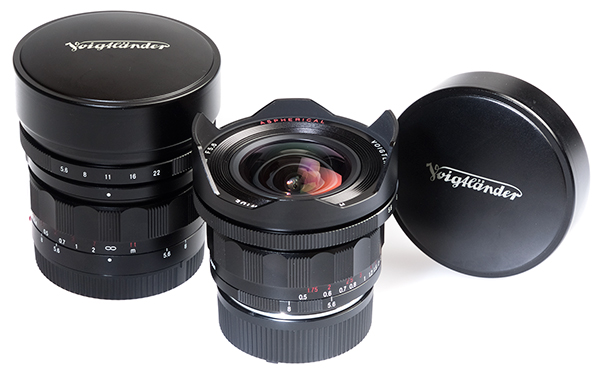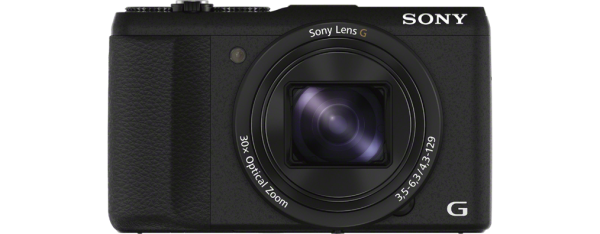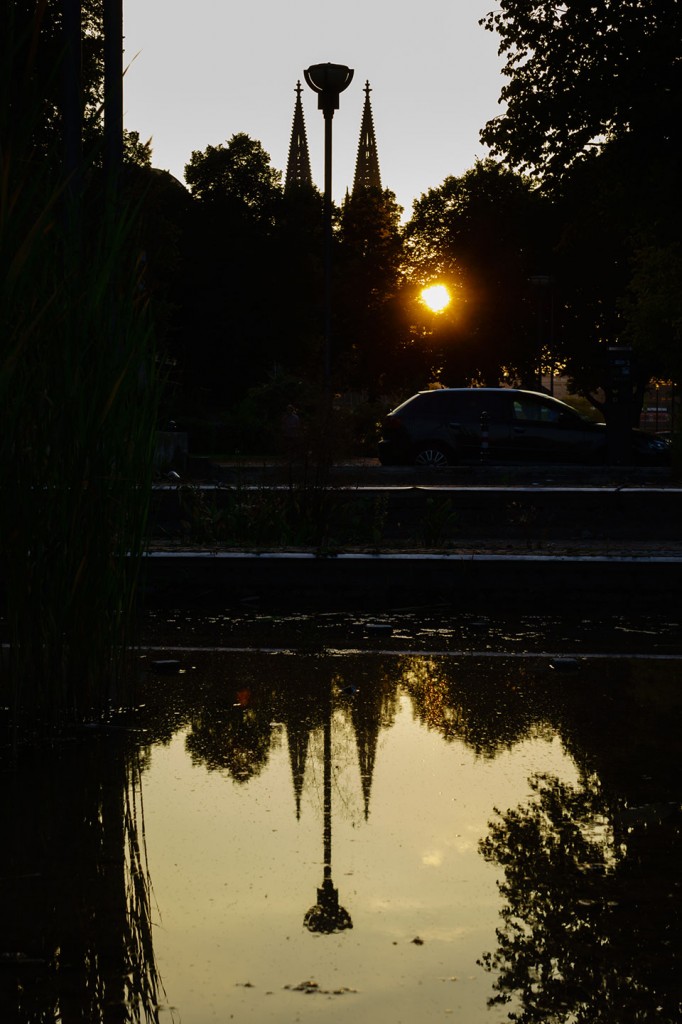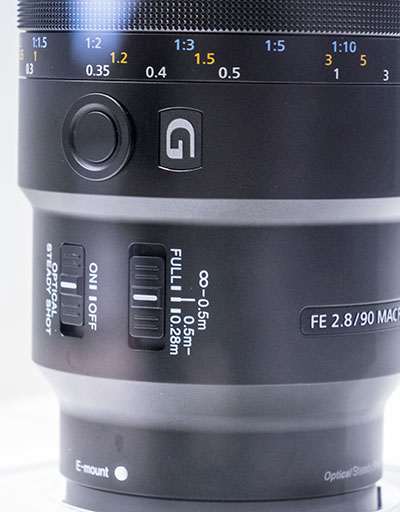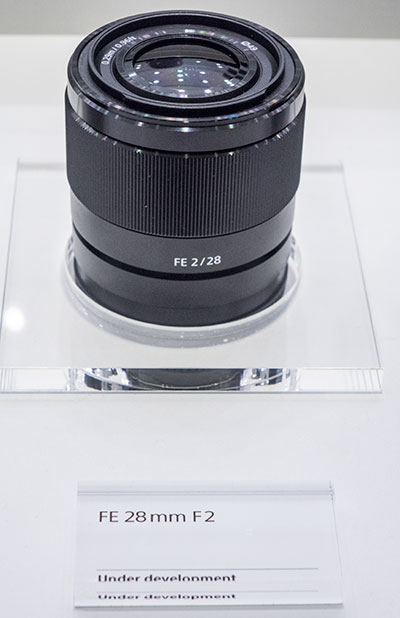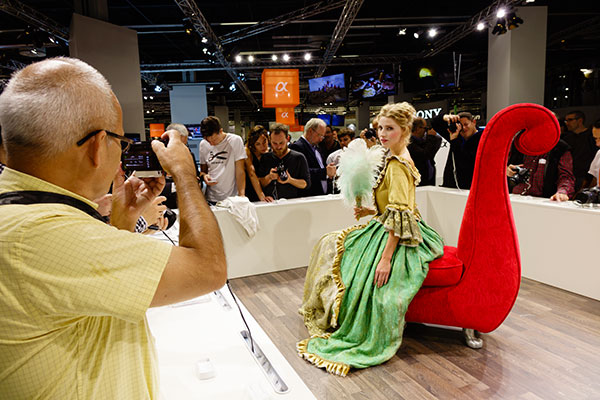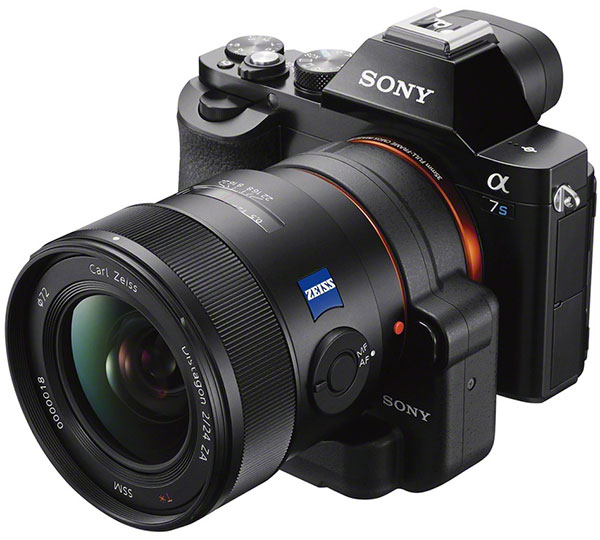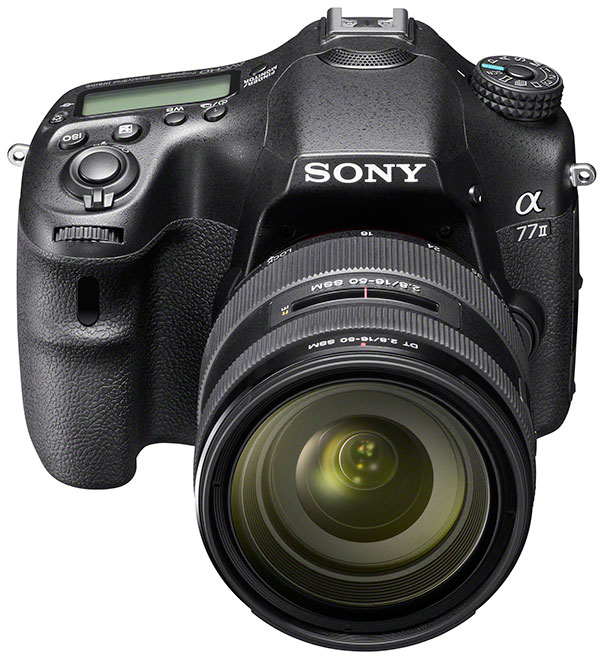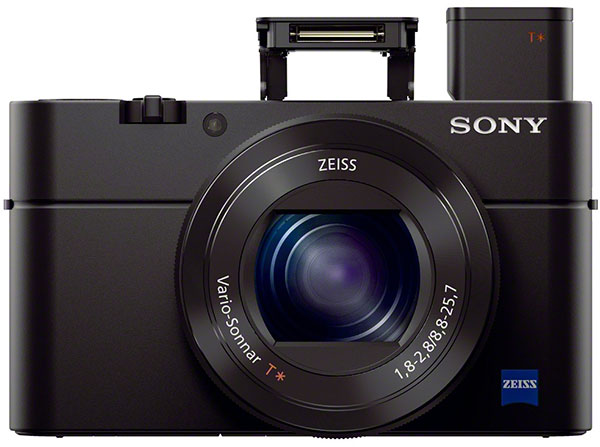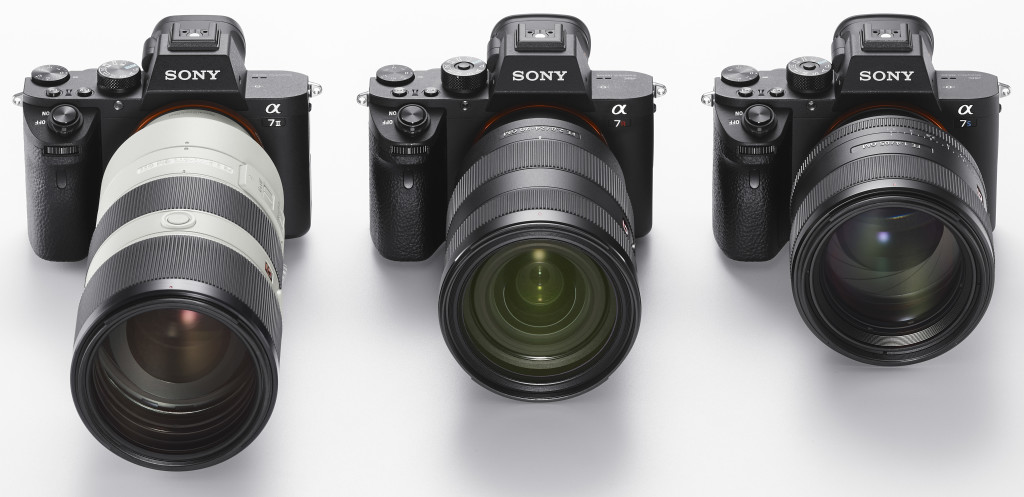
On Tuesday, February 2nd 2016, Sony UK held a press event to which I was invited. Well, I’m in a different country and about 400 miles from their Weybridge offices, so as usual my trusted English office editor at large (and son) Richard made the still substantial journey from Leicester. The result was a completely wasted day, his time and our company’s money, looking at a mixed bag of TVs, camcorders, headphones and all the Alpha and RX gear we already had seen long before.
Then on February 3rd, mid-afternoon, the same PR agency which had extended this generous invitation to come and gather ZERO editorial content for our magazines announced the new G-Master series 24-70mm f/2.8 FE, 70-200mm f/2.8 FE and 85mm f/1.4 FE, 1.4X and2X extenders, and upgraded A6000 successor A6300.
I was attending an excellent event with Graphistudio on the road in Edinburgh (they do try to cover the whole of our surprisingly large and still united kingdom) and returned to see the news. Talk about mixed emotions! I was furious that they should cost me a very real £300 or so (that’s what it costs, whether I do it, or Richard, or a hired freelance) to cover yet another of their red herring events just 24 hours before a major announcement like this. We get nothing free from Sony, they don’t advertise in our magazines, and unlike Minolta they don’t offer pre-launch access to pre-production samples.
And that’s why I should not even be writing this. In the past, I would never – as a responsible journalist and technical editor – have made any comment on equipment I had not been allowed to handle and preferably use if only for an hour or two. But these days a thousand bloggers try to drive traffic to their sites by doing exactly that.
Here are my thoughts, anyway.
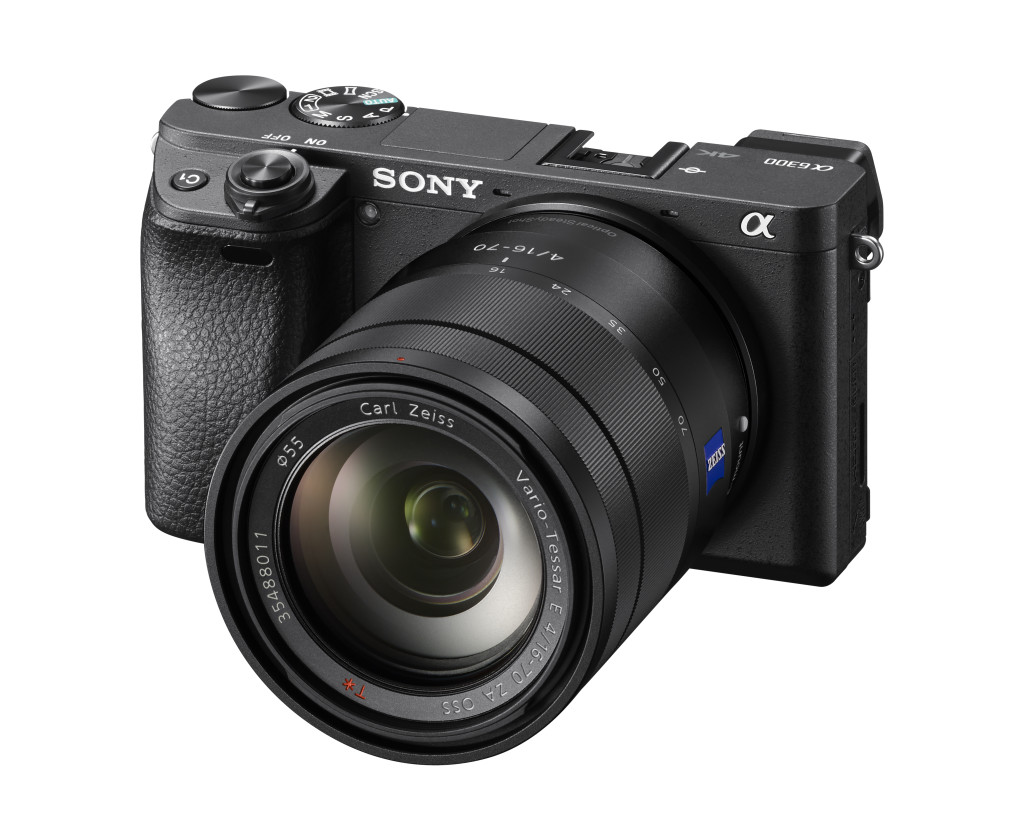
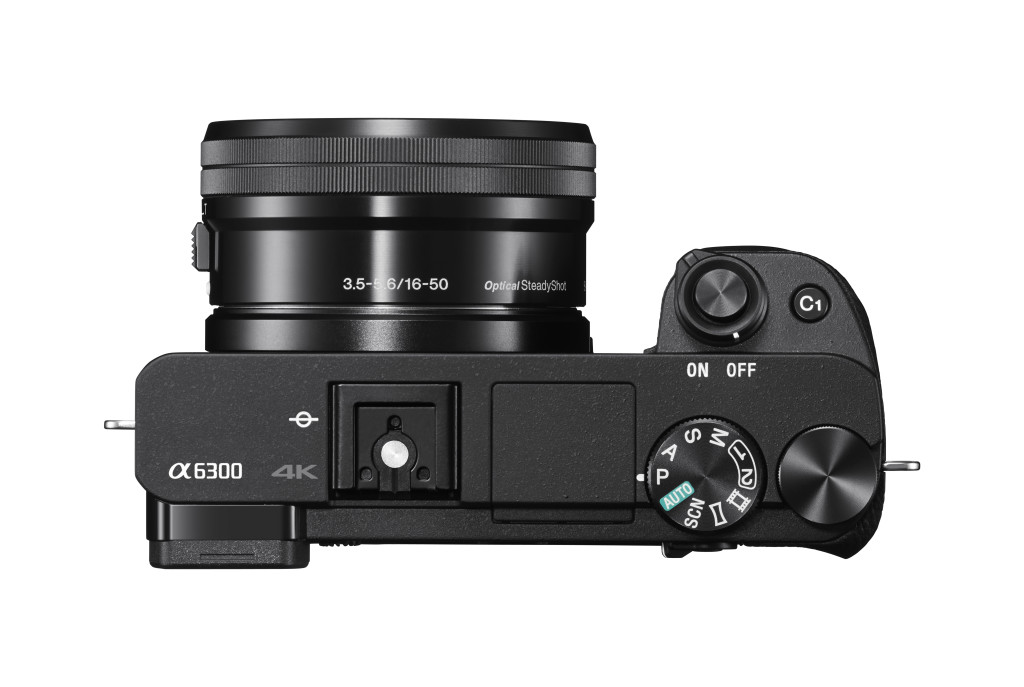
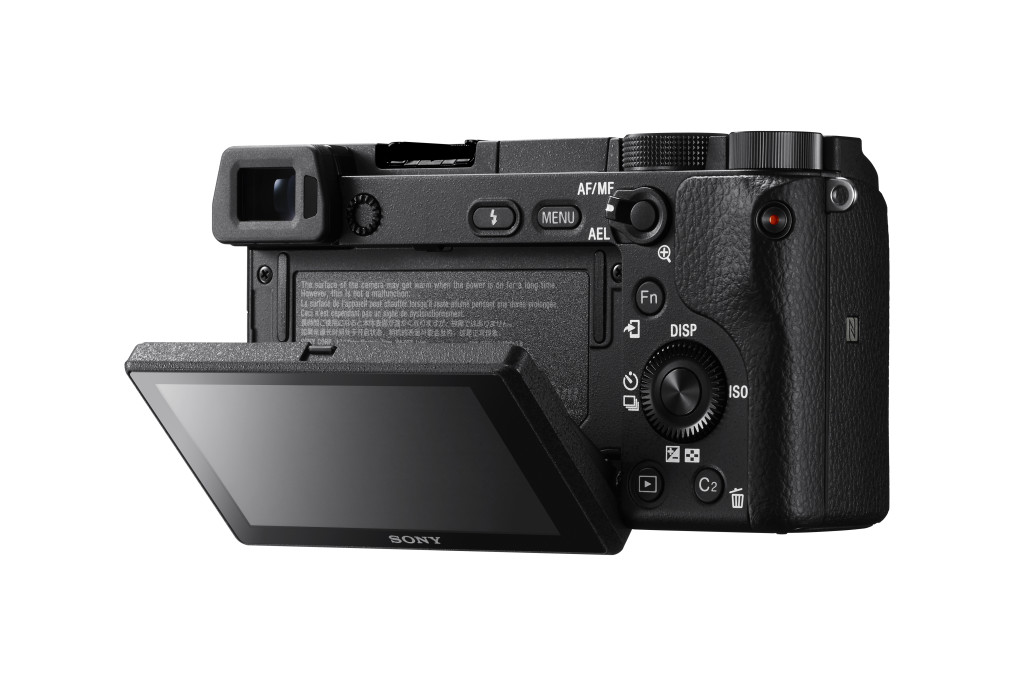
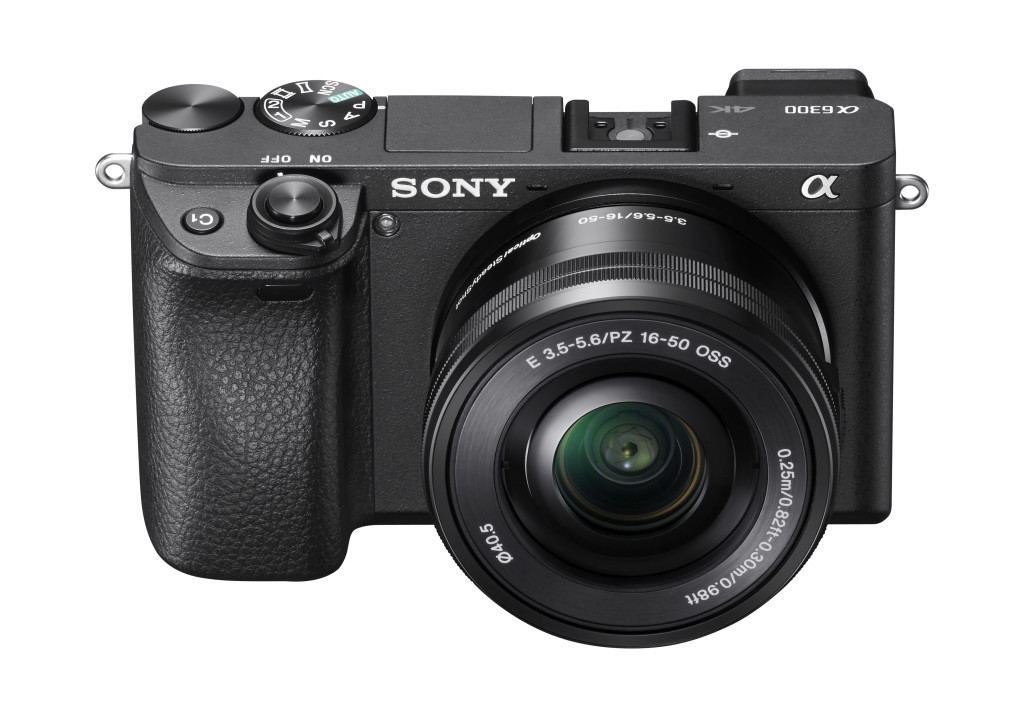
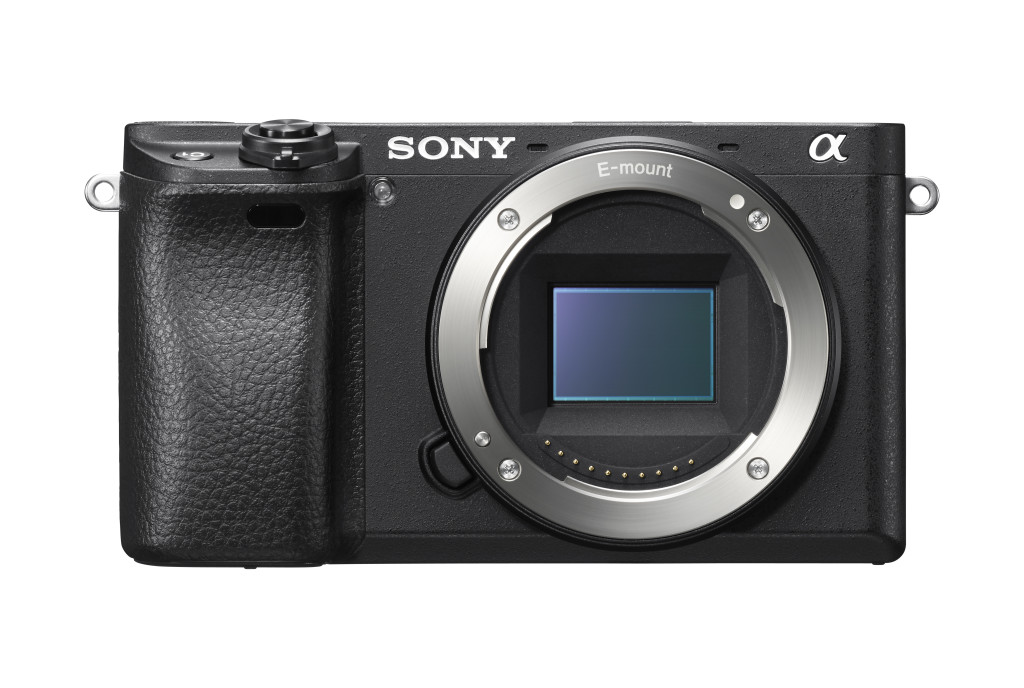
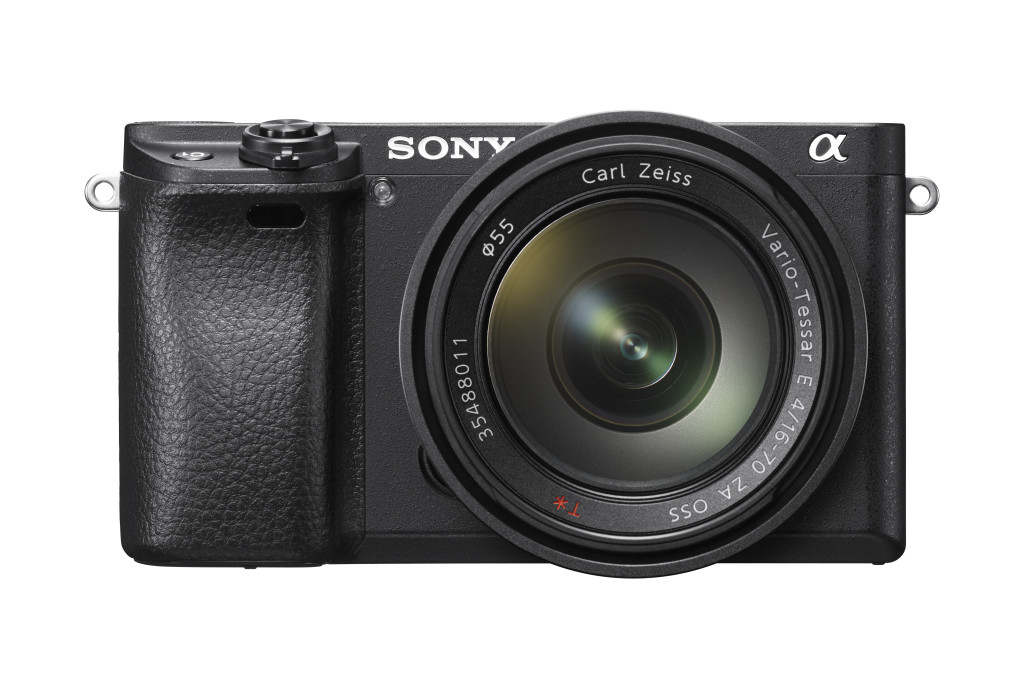
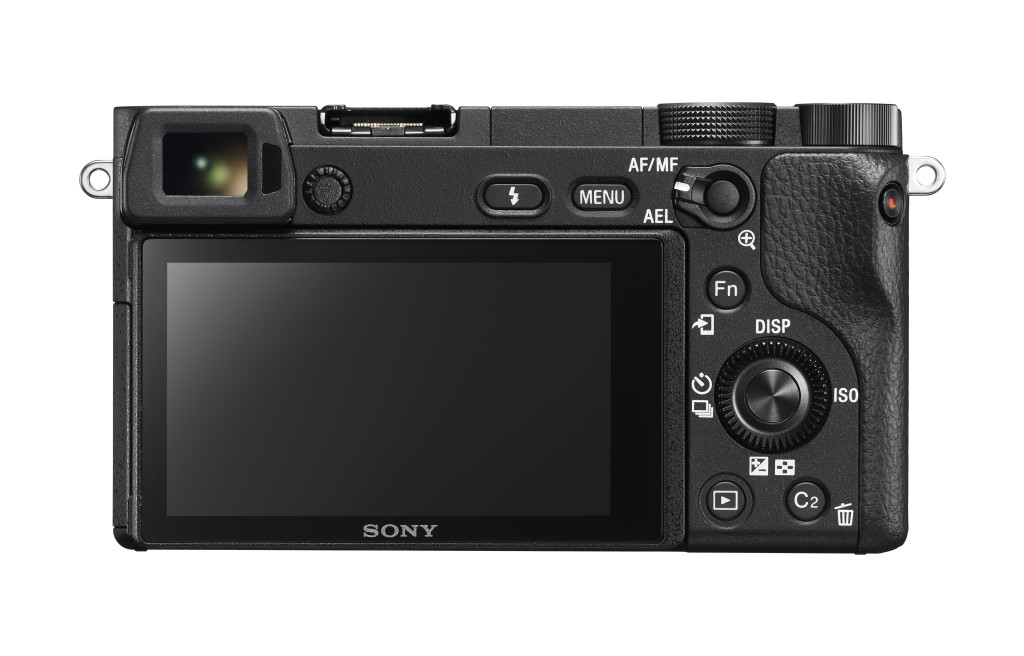
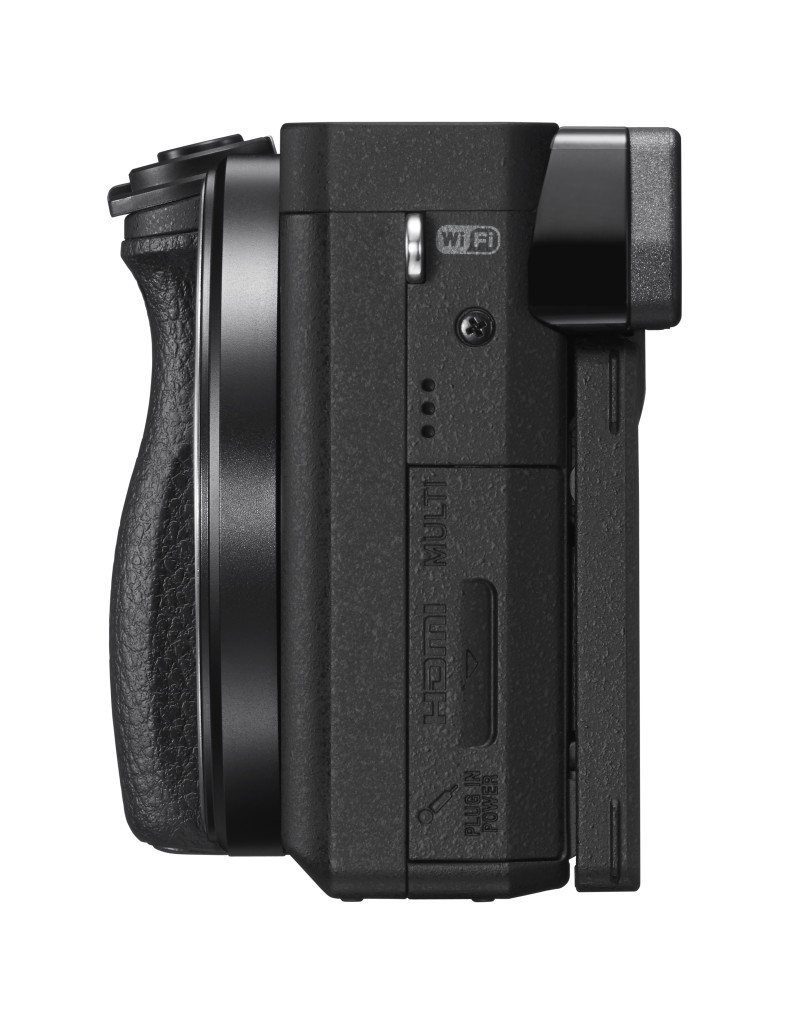 Click to open full size official images!
Click to open full size official images!
The A6300
It’s 24 megapixels like the A6000 and does claim a slightly faster and wider zone AF. But the A6000 is already close to perfect and I normally shoot with centre point focus, not any of the wide zone modes. I really don’t want the collar on a dog sharp and its face out of focus just because the collar is the more contrasty target which the wide area focus finds first. It’s also twice as much as I paid for my A6000, which happens to have been selling for a market-beating price. I have a great set of lenses – 10-18mm, 16-50mm, 35mm f/1.8, 50mm f/1.8 and 55-210mm. All except the 10-18mm cost about half the official retail because Sony did some great deals. Basically anyone like me who has invested in a decent A6000 (or NEX-6, even) kit and already own an A7S, SII, or RII can take the A6300 or leave it. In fact my now-outdated RX10 and RX100 MkIII do pretty neat silent shooting, one of the main upgrades over the A6000.
If you need the very fast (120fps) refresh of the new EVF, 4K video and the improved audio functions (whether using jack plug mic or the MFAccessory shoe mic choices) then it’s easy – it will cost you less to get these than any other comparable route. Even the RX10 MkII no longer looks so attractive. As others have commented, it’s partly a matter of waiting for the body price to fall by the end of the year. In the meantime my A7RII actually does all the movie stuff I need (its APS-C 4K is superior to its full frame, and makes full use of line-up of lenses above).
However, if they manage to lend me a test sample and the new sensor turns out to kill the already wonderful noise/ISO ratio of the 6000 I could be won over early at a high price. Had this been a 36 megapixel body I would be thinking very differently, and perhaps even considering a switch from full frame to APS-C.
The 24-70mm f/2.8 and 70-200mm f/2.8 G-Master FE
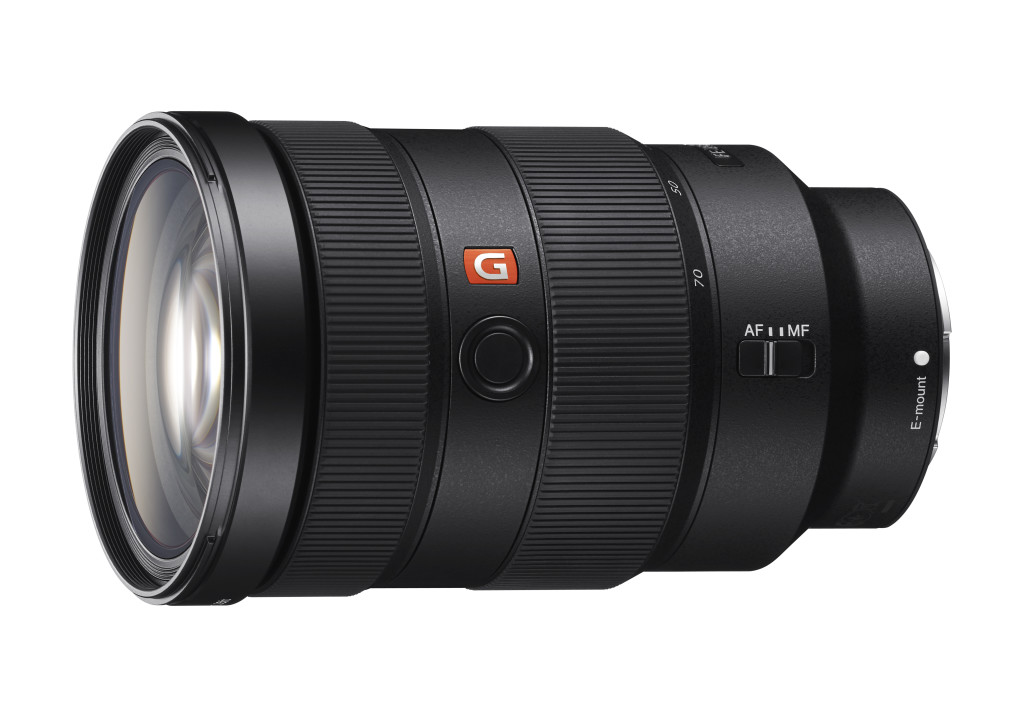
With a 77mm thread and an overall size not far removed from the A-mount equivalents, the weatherproofing and generally improved design of the AF system will win buyers. The longer lens has the 0.96m close focus I’ve been campaigning for now for several years, and it’s disarmingly simple. If you study lenses, you’ll have realised that SSM, stepper or linear motor type AF (silent, no gears) has caused the increased and restrictive focus distances I’ve covered in Cameracraft and elsewhere. It has just been unable to provide enough movement. As an example, compare the old screw-drive 28-75mm Konica Minolta with the ‘identical’ Sony 28-75mm SAM. The 24-70mm f/2.8 A-mount models are actually amongst the better in this respect, managing the magic quarter life-size to important for many subjects. The 24-70mm f/4 FE is not as good though you would have though it easier to make close focusing with a simpler, slower lens – only 0.20X. At least the 24-70mm f/2.8 FE matches up to its A-mount equivalent.
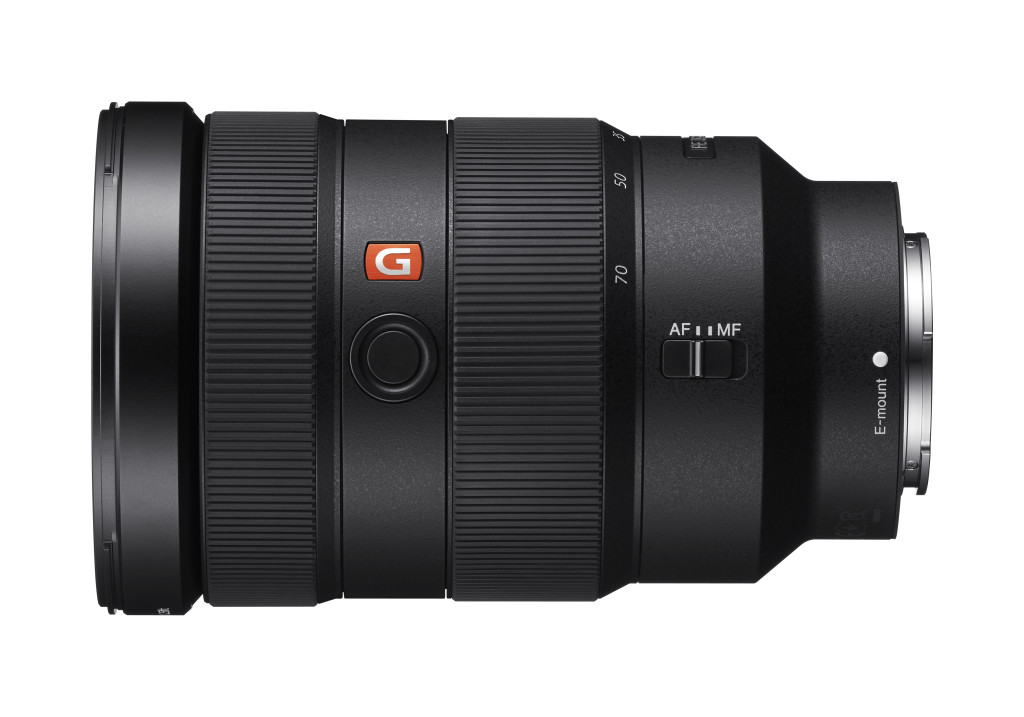
In these new fast FE zooms Sony has improved performance by using more accurate asphericals, designated as XA (extra aspherical, presumably meaning a curve which was out of reach before). Combined with expensive glass types (low and extra-low dispersion) and complex design (23 elements in 18 groups for the 70-200mm) this enables apochromatic correction although they do not use the term. This removes ugly colour bokeh effects. A ‘floating’ internal focus action for the rear unit gives a wider fully corrected focus range, affecting both the focused distance and the flatness of field. An SSM (ring) motor drives the heavy, larger forward group focusing and a linear (rail) movement shifts the rear assembly but the whole focus action is internal.
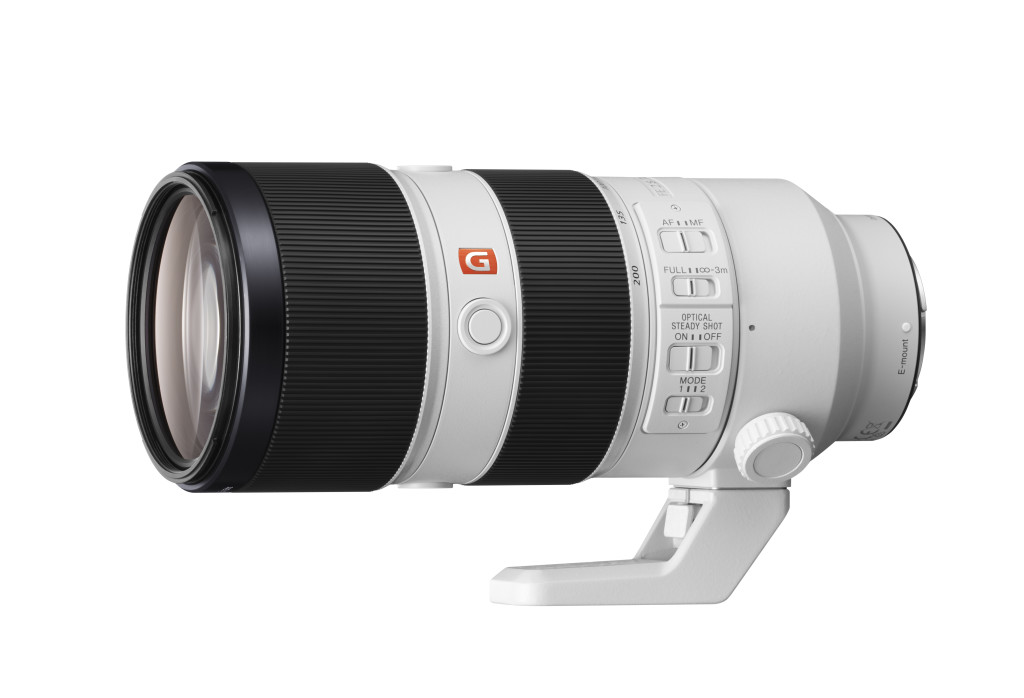
I welcome the 96cm close focus (I trust it applies across the whole zoom range and with AF all the way). This lens achieves 0.25X scale at 96cm. Compare that to the Tamron Di VC USD 70-200mm which can only manage 0.125X, half the subject size, at 1.3m and that’s by switching to manual focus – it forces you back to 1.4m from the subject if you use AF.
It’s also worth comparing size; most new 70-200mm DSLR lenses are around 185mm long, the Sony is 200mm long. But it’s really ‘smaller’ than the original Sony A-mount 70-200mm’s 197mm. That 15mm extra length is almost entirely dead space, a kind of extension to the barrel in order to handle the 18mm register of the E-mount, and also enable the use of the 1.4X and 2X extenders. This extension falls behind a fixed, not removable, rotating tripod mount collar which has a removable foot instead.
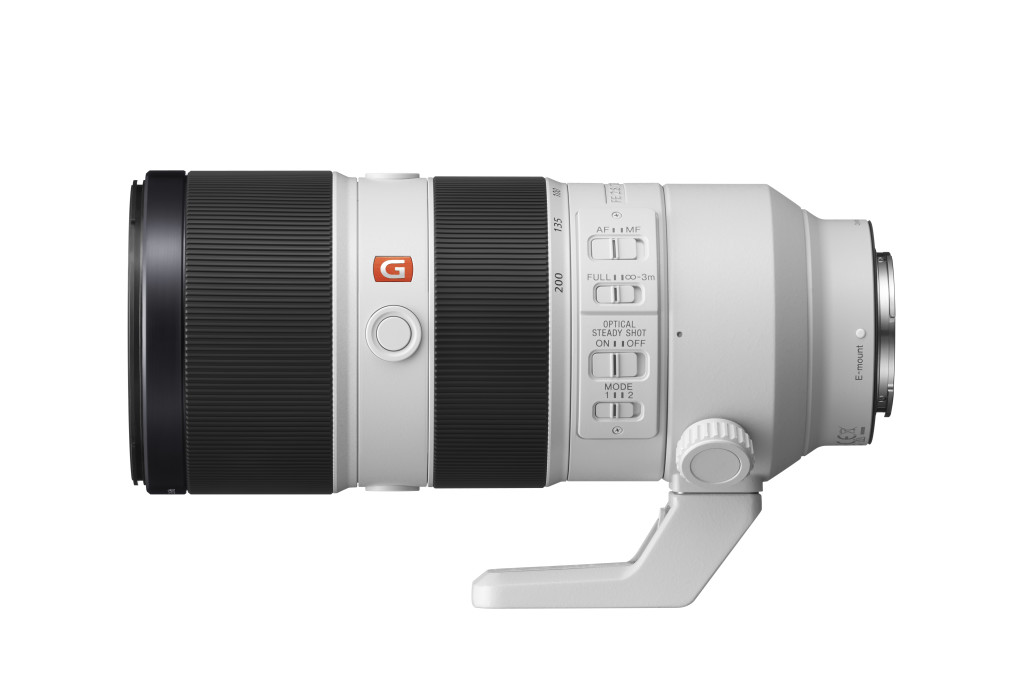
I’m sure that the dual focusing will be fast, with two simultaneous actions combined, and ideal for contrast detection as well as on-sensor PDAF. My reservations are simple enough though – these are lenses for one-system users, dedicated to mirrorless. There really is no saving over the latest A-mount versions in weight and size, and many photographers (like me) may want to use both A and E mount bodies. I’ve been considering investing in another A99 even though I sold mine. That’s because it is so much more comfortable and complete with my longer lenses than the A7RII with LA-EA4 or 3, both of which I have. If I did so the 24-70mm and 70-200mm A mount would be on the shopping list, and what reason would I have for buying even more expensive new FE versions which could never, ever be used on a A-mount body?
The 85mm f/1.4 G-Master FE
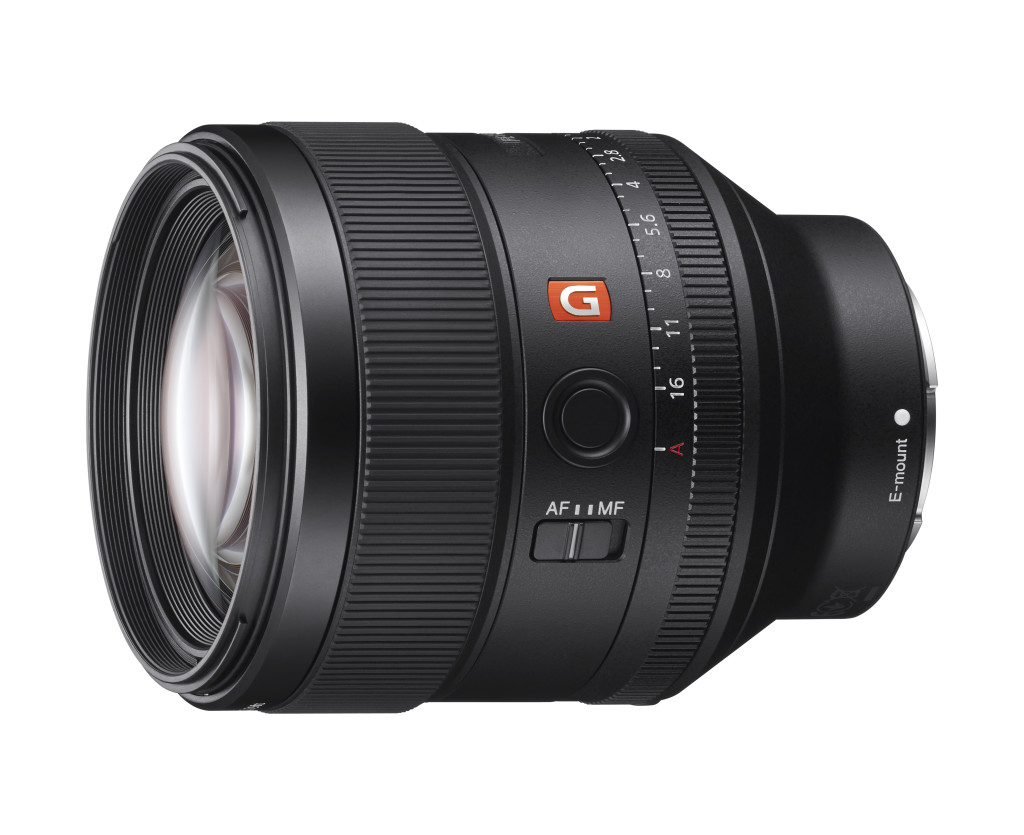
One guide to acceptable minimum focus distance is the simplest formula imaginable. A lens should be able to focus – at the least – to the same centimetre distance as its millimetre focal length. So, a 50mm lens should manage 50cm, a 100mm lens 1m, a 200mm lens 2m or closer. But that’s the least you need. The ideal is HALF the mm in cm. A 50mm focusing to 25cm is brilliant, a 200mm focusing to 1m is amazing (Vivitar once made one, with a bright f/3 maximum aperture too).
So, for me the 85mm f/1.4 with its substantial 82mm filter thread, 850g weight and focusing down to 80cm (some data tables say 85cm) with 0.12X image scale is just acceptable. A Samyang 85mm won’t go so close and most 85mms don’t break the 1m barrier. But an ideal new, modern 85mm would focus to 50cm. It’s just pretty hard to enable this using SSM or linear AF drive. Even the Carl Zeiss Batis 85mm f/1.8 is the familiar 80cm, 0.126X scale.
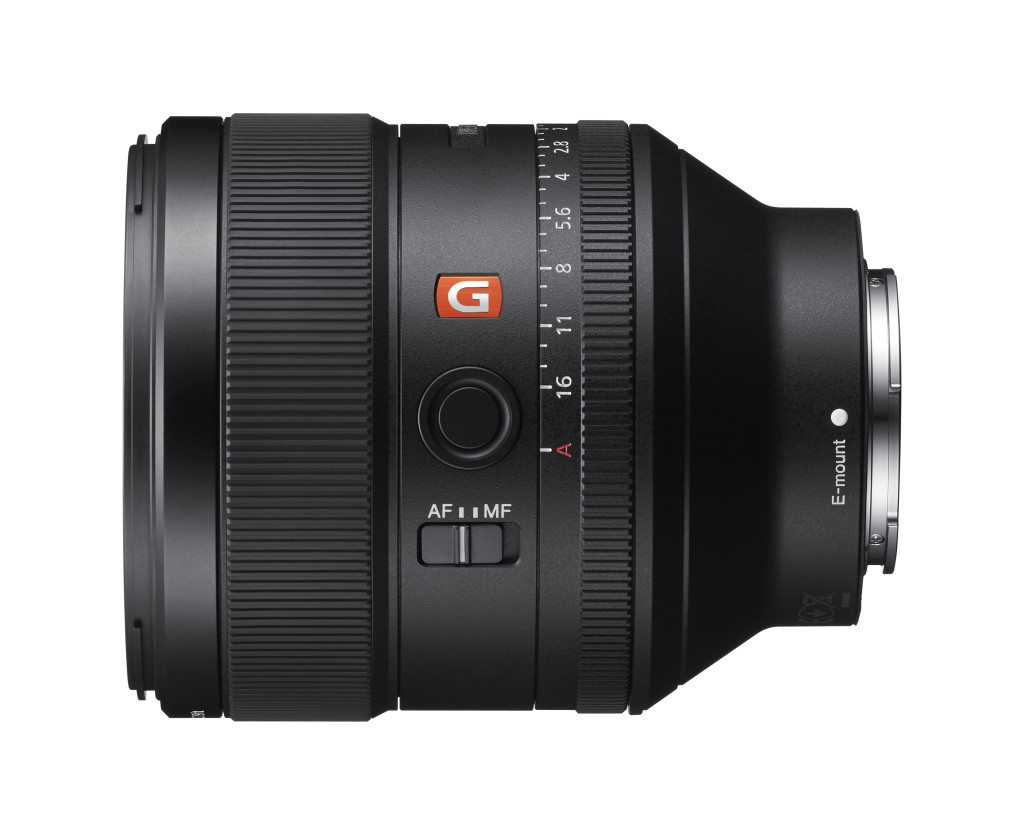
What I actually use right now is an 85mm f/2.8 SAM lens on LA-EA3. It’s not 100% free from CA and colour bokeh issues, but it is exceptionally sharp and it focuses right down to 60cm with 0.20X scale. Above all it is very small and light, and for me that is most of the point of the A7RII and all the A7 series bodies. It focuses perfectly on my LA-EA3. I can use it with A-mount extension tubes or my Meike metal full frame FE extension tubes, but that’s a bit of a crude solution.
Results from the MG 85mm so far seen, disregarding some fairly cheesy portraits, show that its 11-blade iris and apochromatic XA correction do deliver more than you will ever get from an 85mm f/1.2 Canon or a Samyang or a Sony 85mm f/1.4 ZA. The manual 1/3rd stop clicked or click-free aperture ring combined with the absence of magenta-green bokeh shift mean this lens will be massive for vids, whether creative porno or music promo. It should be on the same level as Zeiss/Arri ciné lenses if the claims stand up, and I would not be surprised to see a dedicated cinema version.
It’s a long way from the 85mm SLR lenses of Minolta’s past – six iris blades!
The extenders
Sorry, but most FE and E lenses can never (ever) use a a tele extender. That’s why you have not seen any. It’s also why I use that 85mm SAM… it makes a neat 170mm f/5.6 wth my Teleplus 2X MC-7. Way back, one of my favourite travel outfits including the Minolta XD-7 with 85mm f/2 and a 2X converter, 170mm f/4 was a sweet spot in every respect.
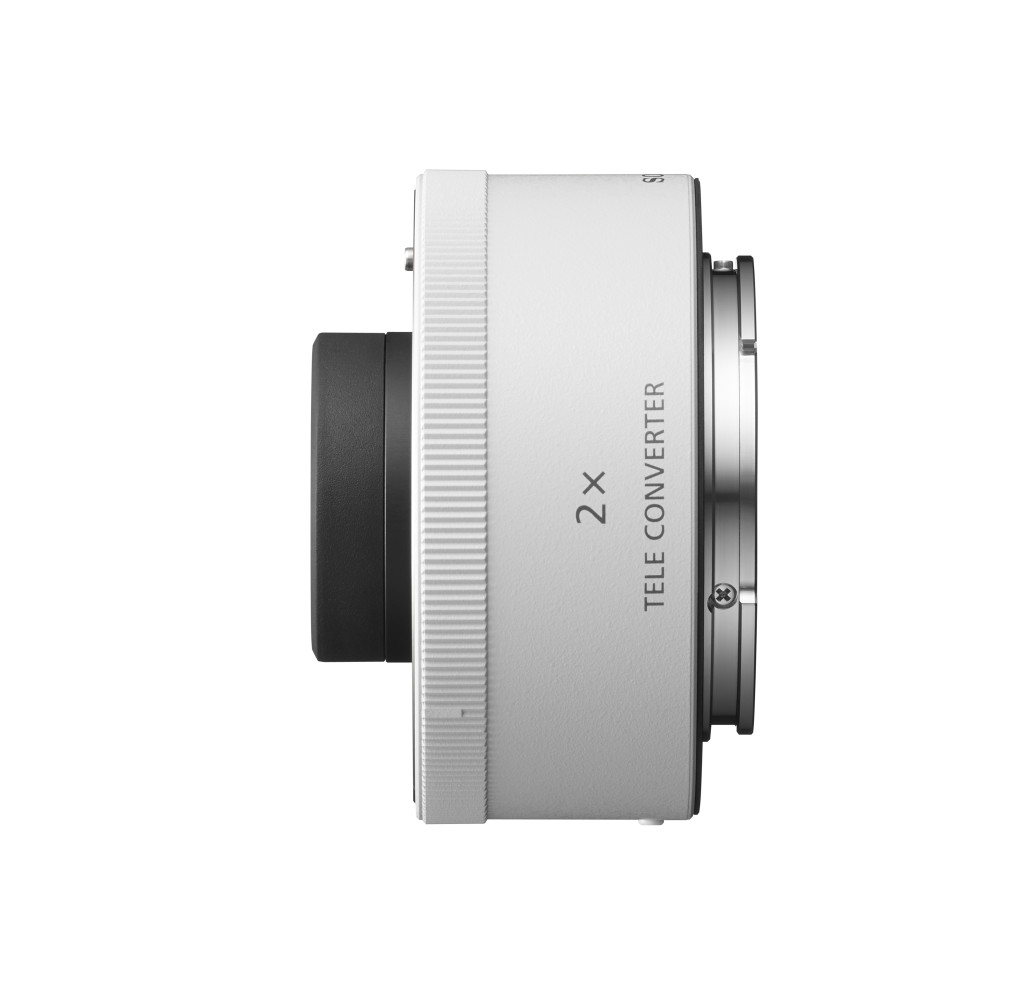
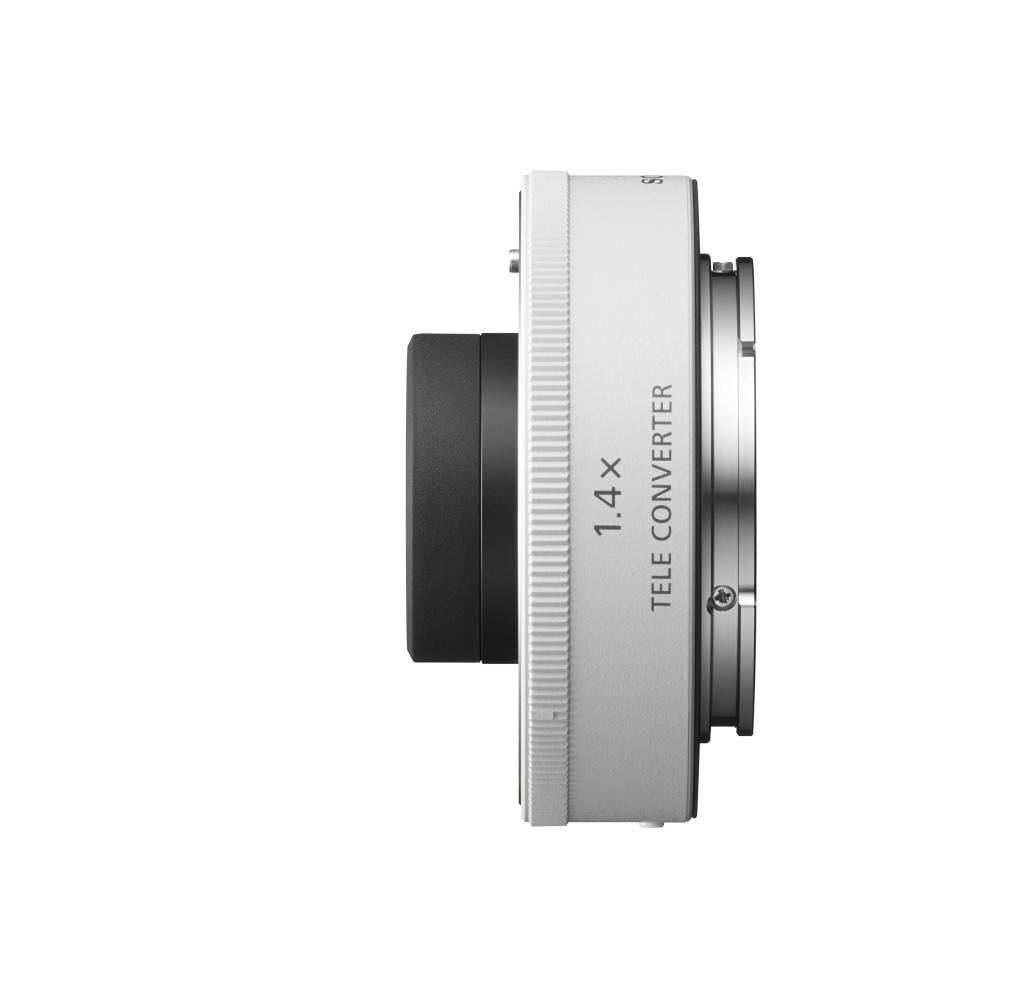
These two converters can only be used with the new 70-200mm f/2.8 G-Master FE. When you look at how far the converter unit extends into the lens barrel, you’ll see that this is a combination designed from the start. The rear element of the FE lens is deeply recessed, midway between a typical E-mount design (18mm register) and an A-mount (rear element no closer than 42mm to the sensor).
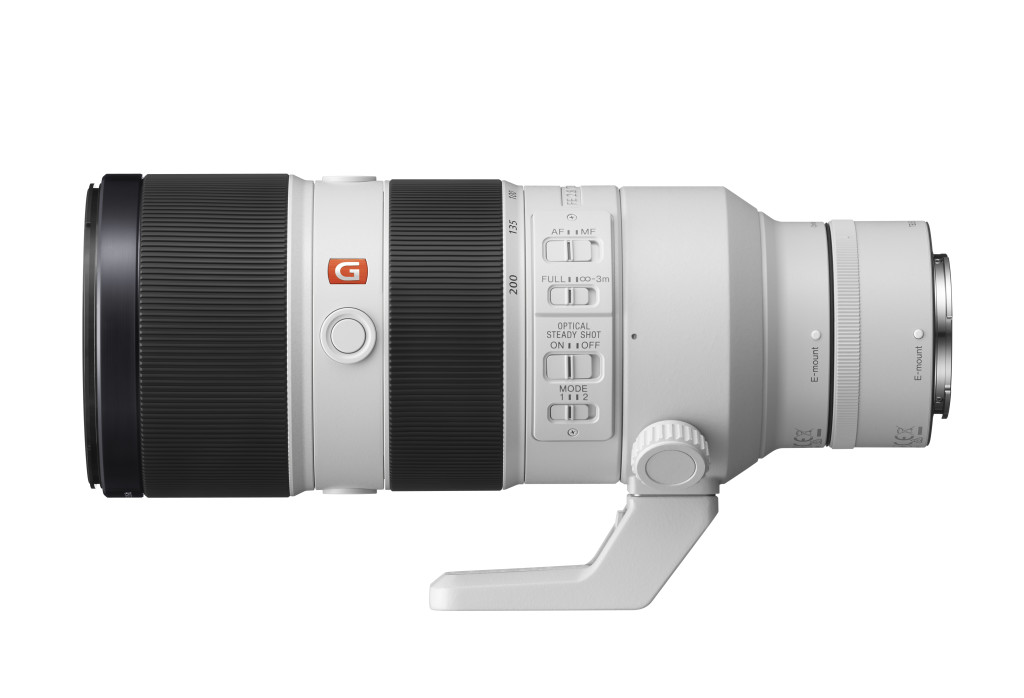
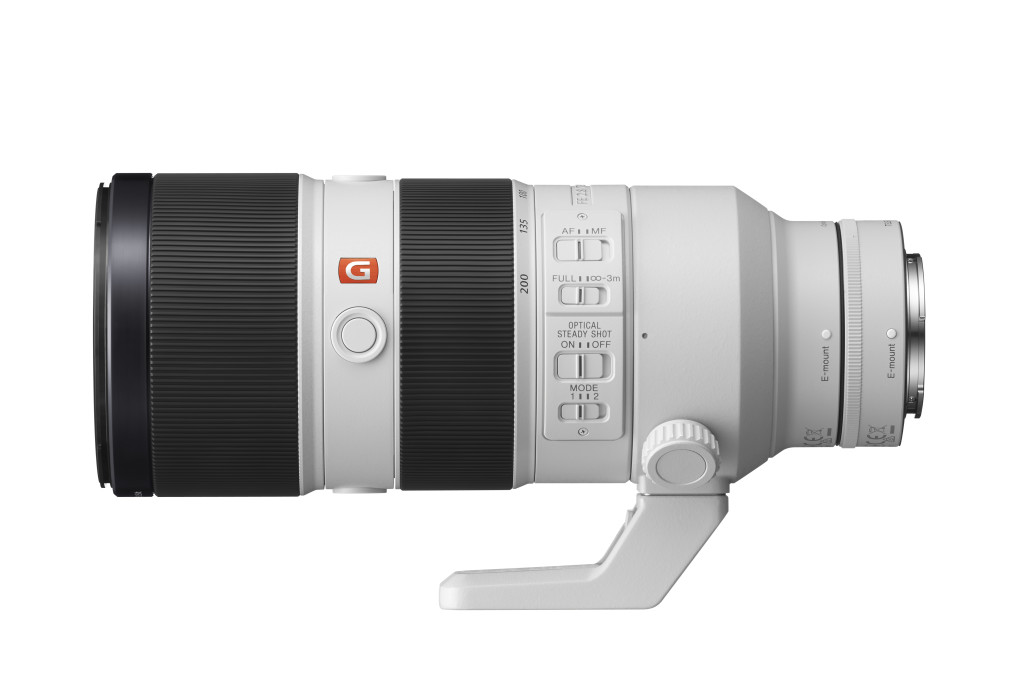
The extenders add less length than an A-mount variant would, and the back focus of the FE lens is shorter. But it’s a mid-way compromise. Extenders are easy to make for DSLR back focus register, they are difficult or impossible to design for 18mm register mirrorless like Sony or Fuji unless the host lens is matched exactly to the extender. And the 70-200mm f/4, for example, is not…
The compromise
And, having mentioned compromise, I should explain the great compromise which has made the entire Sony E/FE system much larger than it needs to be.
It’s all down to the A7R 36 megapixel sensor. This sensor, more so than the 24 megapixel full frame, requires a very telecentric lens design. That is, more like a DSLR lens, despite the slim A7 series body. In order to perform acceptably with this sensor, the FE lens range could not be designed to be as small as a rangefinder system equivalent, or to take full advantage of the 18mm mount to sensor distance. Brian Smith, whose images are great (not cheesy portraits) but whose technical info clearly comes via Sony PR, says this: “Mirrorless camera design has allowed Sony’s lens designers to place larger than normal lens element close to the body”. Actually, they don’t, as the design of the extenders will tell you. They’ve used a stronger degree of telephoto construction in the long zoom, allowing a smaller than normal rear element and they have taken measures to move it further away from the body – and this is a general trend. If you want to see what a properly small 85mm f/1.4 looks like try a Carl Zeiss Planar 85mm f/1.4 ZE in Canon mount – 72mm filters not 82mm, 570g versus 850g and really solid all-metal manual focus. The mirrorless bodies do provide a zone from around 16mm to 42mm from the sensor surface which can accommodate the rear of the lens, and can’t ever be used on a DSLR. But Sony does not make full use of that and can not do so because of the microlens, filter layer and structural characteristics of the A7R sensor.
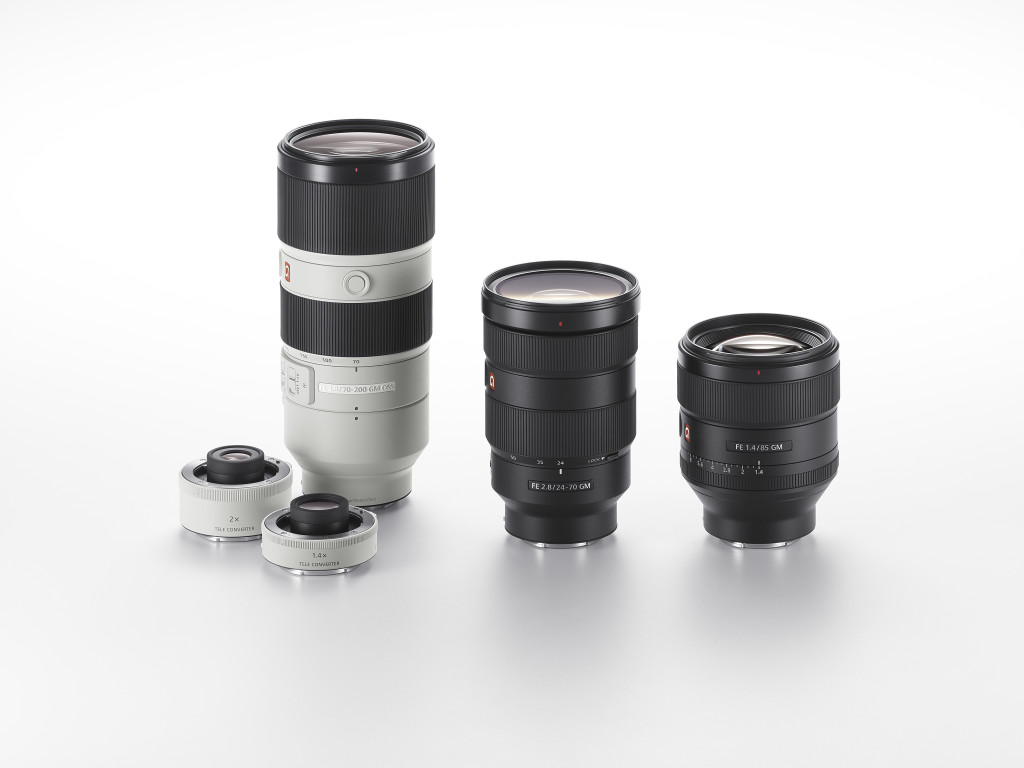
All Sony FE lenses and all CZ independent FE lenses have been designed to work well with the A7R. The 28-70mm kit lens was not, but most owners find it acceptable. They could have made some of the lenses a fair amount smaller and lighter if the A7R had never existed. The A7RII is so tolerant towards short back focus, oblique ray angle imaging, that a whole different range of lenses could be designed for it… but never will be.
The system has to remain compatible with its earlier components, especially the first ‘flagship’ body A7R. And that is going to constrain design and increase costs for ever into the future. In contrast, see the Fujfilm X system. We have yet to find whether the new 24 megapixel Fujifilm sensor disagrees with any older lenses, but all new lenses no matter how fast, small or clever have full compatibility with all the earlier bodies and don’t seem to have any compromises in design.
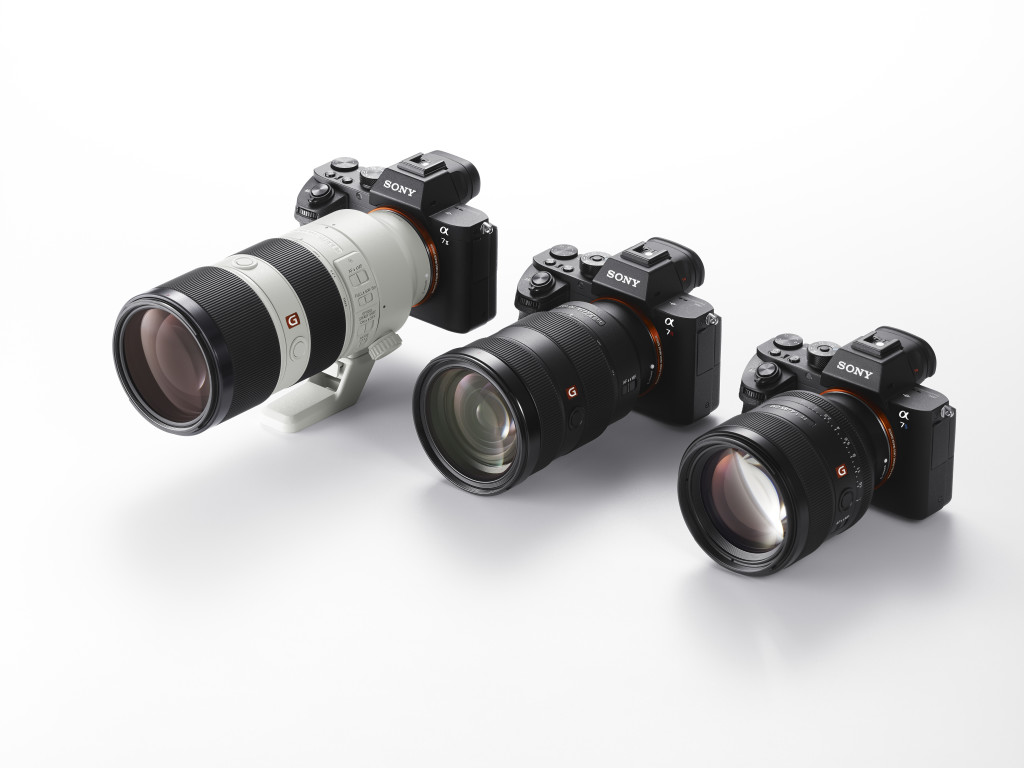
Here’s my view, after doing a lot of digging around over the last two days (Sony PR does not supply any of the technical data for the released lenses – all that had to be found, and cross-checked, from Sony corporate and various dealer sites). I have found some interesting historic lenses like the 50mm f/1.5 and 85mm f/1.5 Zeiss Biotar. They are simple and perform poorly by today’s standards but they are very small. I am familiar with many excellent lenses I’ve used in the past like the Minolta MC/D 45mm f/2, the MD 85mm f/2 and of course the ‘beercan’ 70-210mm f/4 AF. I loved my first serious freelancing kit, Pentax Spotmatics with 20mm f/4.5, 35mm f/3.5, 50mm f/1.4 and 105mm f/2.8. I’ve used some good lenses which have been perfect with all A7 series bodies, such as the Voigtlander 21mm f/1.8, the Canon 40mm f/2.8 STM, and several rangefinder 35mm f/2 or f/1.4 lenses. All of these have been small and perfectly in keeping with the A7 series mirrorless bodies. I think Sony’s inspiration for new lenses should have come from classic rangefinder and compact pre-digital SLR glass, rather than from the bloated f/2.8 zooms of professional digital SLRs.
In 1999, with a multi-state road trip in the USA to enjoy, I left the SLR kit at home because I was using two Minolta CLE bodies, a 20mm Russar, 28/40/90mm Minolta set and a Leitz Elmar 135mm f/4.5. SLRs in the AF era had started to became big, plastic and clumsy with fairly poor zoom lenses. I opted for the NEX/A/A7 system because I thought we were heading back to light, elegant, unobtrusive little jewels of lenses. Ah well, not so. We’re going to be sold lenses built like a Kardashian ass and learn to live with it!
– David Kilpatrick

A zoom specification comparison
- Sony Carl Zeiss 24-70mm f/2.8 ZA SSM II – focuses to 34cm, 0.25X, 77mm filters, 975g
- Sony Carl Zeiss 24-70mm f/2.8 ZA SSM – 34cm, 0.25X, 77mm filters, 955g
- Sony Carl Zeiss 24-70mm f/4 ZA FE SSM OSS – 40cm, 0.20X, 67mm filters, 430g
- Sony GM 24-70mm f/2.8 FE SSM OSS – 38cm, 0.24X, 82mm filters, 885g
- Sony G 70-200mm f/2.8 SSM II – focuses to 1.2m, 0.21X, 77mm filters, 188mm long, 1300g
- Sony G 70-200mm f/2.8 SSM – 1.2m, 0.21X, 77mm filters, 197mm long, 1500g
- Sony G 70-200mm f/4 FE SSM OSS – 1-1.3m*, 0.13X, 72mm filters, 175mm long, 840g
- Sony GM 70-200mm f/2.8 FE SSM OSS – 0.96m, 0.25X, 77mm filters, 1480g, 200mm long, 11-blade aperture
*Focus to 1.3m at 200mm, 1m when set to 190mm or shorter focal length. 0.13X at 1m and 190mm.
All the pictures used here have, linked to them, the full sized unwatermarked official Sony PR images except the first image which we have cropped a load of useless white space from – Sony likes useless white space, as the others show. Web and magazine editors hate it and constantly have to crop product shots…


